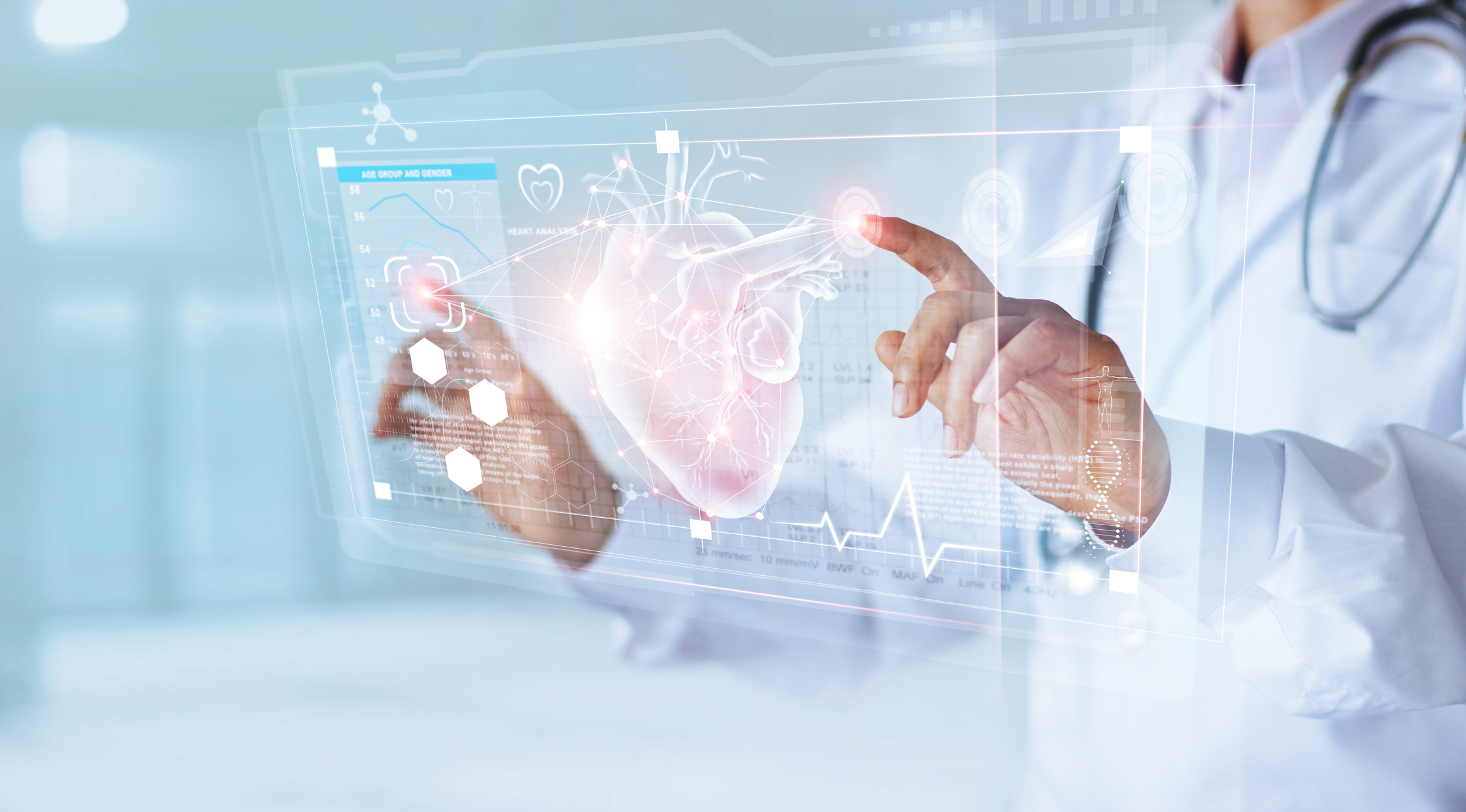Reden wir über Laborwasser
What’s the Future of Pharma?
25 Jan. 2020

The pharmaceutical industry has been in a very specific transition in the last decade: new business models, regulatory changes (e.g. cold WFI), challenges in the German healthcare system (e.g. an aging population) and a growing demand for pharmaceutical products in emerging markets determined the direction . Where is the industry headed now and how will the pharmaceutical industry use laboratory water – probably its most important resource – effectively in the future?
A changing landscape
A decline in the traditional small molecule drug development pipeline and fierce generic competition mean the era of “blockbuster” drugs may be over. To remain financially sustainable, many companies have shifted their focus to new, large-molecule biologic drugs. In 2008, biopharmaceuticals accounted for just 16% of pharmaceutical sales. In 2019 it was already 27.4%.
Novel biological therapeutics bring with them a number of additional manufacturing challenges. They are more prone to contamination in the production process than traditional small molecule drugs, and manufacturers need to ensure that production conditions are carefully controlled. For example, the production of biologics based on monoclonal antibodies requires a significant amount of ultrapure water for cell culture and downstream processing.
Other up-and-coming areas such as nanomedicine and stem cell treatments also pose special challenges in terms of ensuring production quality. Regenerative medicines, for example, are based on tissue samples from the patient and therefore many of the preparation steps have to be carried out in closed systems at the "point of care". The establishment of compact, sterile production facilities will be essential to ensure the highest level of patient safety and treatment efficiency.
Regulatory processes influence market launch
Regulatory approval processes will also evolve as new methods of evaluating, approving and monitoring the safety and efficacy of these medicines emerge. The European Medicines Agency (EMA) and the US Food and Drug Administration (FDA) are now placing a much greater focus on post-market surveillance to ensure patient safety. EMA, for example, recently ran a pilot program for ' adaptive approval ', in which new therapies are approved on the basis of further testing to confirm their safety and effectiveness in different patient populations.
For the pharmaceutical industry, this means that traditional approaches to launching products are likely to give way to a phased approach, where demand for a product increases as a license is renewed. However, as the time lag between a product's launch and peak sales increases, so does the time it takes to recoup spending on manufacturing infrastructure. Therefore, rather than investing conventionally in a manufacturing facility designed to meet maximum demand from day one, a company bringing a new drug to market will increasingly need a flexible supply chain that can quickly adjust as approval changes changes.
In order to be able to cope with these shifts in demand, manufacturers must also provide an infrastructure that can be easily expanded. For example, traditional scale-up approaches could be replaced by "numbering-up," where additional micromodules are simply added as needed. Modular systems for the production of laboratory water for pharmaceutical companies that can use this "Lego-like" structure of micro-reaction technology then offer advantages over fixed systems.
Growing environmental pressure also for pharmaceutical companies
Of course, the pharmaceutical sector is not immune to global developments in the sustainability and eco-friendliness issues facing the industry in general, particularly when it comes to water consumption. The UN predicts that by 2025, 1.8 billion people will be living in regions of severe water stress, while 5 billion will be living in "water stress" conditions. This problem will acutely affect parts of China, India and sub-Saharan Africa. Germany will have to face this phenomenon more and more frequently in phases.
As the pharmaceutical industry is a large consumer of water, this issue will increasingly influence decisions about the siting of production facilities and the use of resource-efficient systems. This will mainly, but not only, affect regions in emerging markets. For sustainable growth, the pharmaceutical industry must ensure that it uses the best possible solutions throughout the drug development process to minimize its water footprint. Energy-efficient systems that use resources intelligently, e.g. Devices such as those that can control the flow rate depending on the application will play an important role in overcoming these challenges.
Conclusion
As the pharmaceutical industry evolves to meet tomorrow's healthcare needs, it is clear that water purification and laboratory water production will play a crucial role. Increasingly efficient and flexible purification systems will be essential to provide the ultrapure water needed for the sustainable production of innovative therapies. By working with technology providers like Veolia's ELGA Labwater, the industry can continue to provide safe and effective treatments to those who need them.
